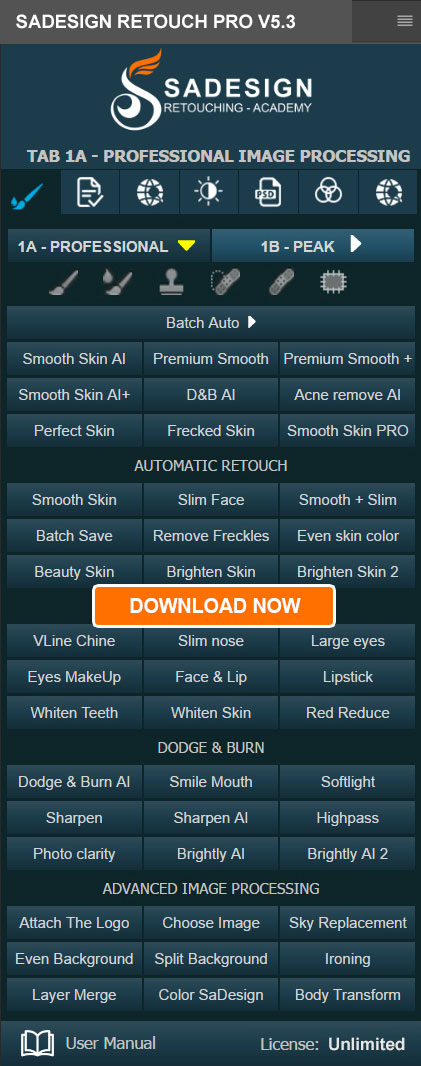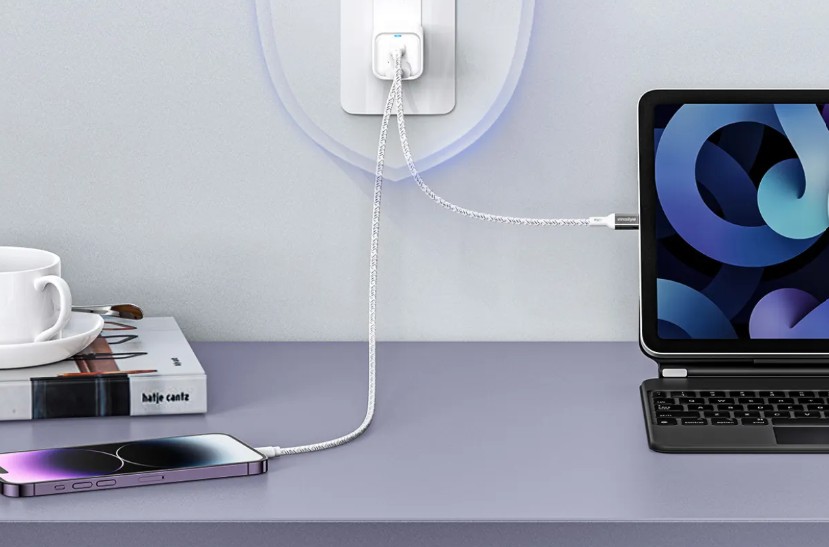Best Selling Products
Tips to Protect Your Camera When Shooting Outdoors in High Temperatures
Nội dung
- 1. Why can heat affect camera equipment?
- 2. How to protect your camera during hot outdoor shooting sessions
- 2.1. Do not leave the camera in the car or motorbike trunk.
- 2.2. Avoid condensation and lens fogging
- 2.3. Avoid leaving the camera in direct sunlight
- 2.4. Using a dummy battery
- 2.5. Rotate the camera
- 2.6. How to handle an overheated camera
- 2.7. Wear safe and comfortable equipment
- 2.8. Don't forget to bring a camera cleaning kit
- 2.9. Take advantage of your car's charging capabilities
- 3. Summary
High ambient temperature not only affects performance but can also cause serious damage such as battery failure, sensor failure, and even circuit board failure.
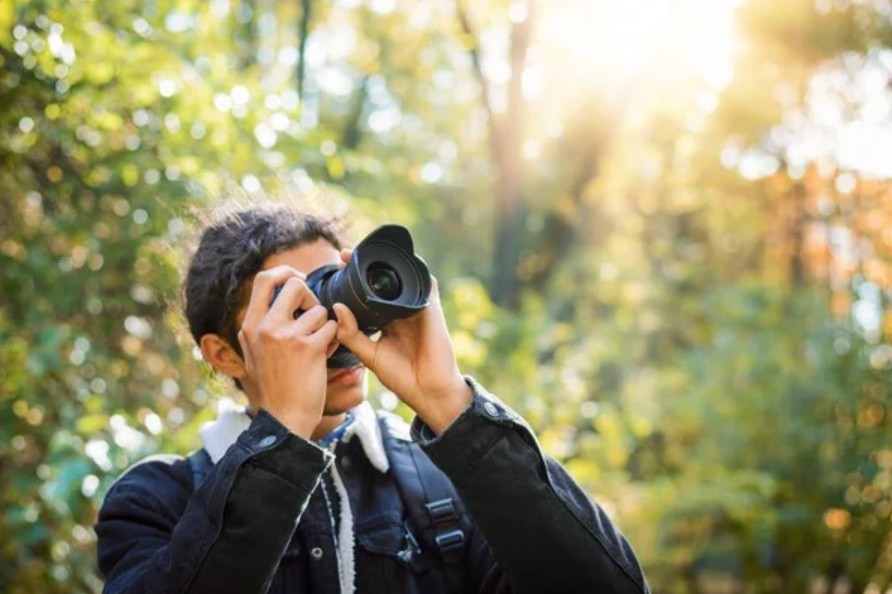
Outdoor photography or filming always brings vivid frames, beautiful natural light and genuine emotions. However, when working in hot conditions, especially on summer days when temperatures can exceed 35-40 degrees Celsius, photographers and filming crews often face a big challenge: protecting equipment from the risk of overheating and damage.
Cameras, especially modern mirrorless and DSLR cameras, contain many sophisticated electronic components. High ambient temperatures not only affect performance but can also cause serious damage such as battery failure, sensor failure, and even circuit board failure. In many cases, photographers have had to "cry out" because the camera suddenly shuts down in the middle of a shoot or there are hot pixels due to excessive internal temperature.
So how do you ensure that your expensive gear stays protected during hot outdoor shoots? This article will take a closer look at why hot weather can be so damaging to your camera, and provide practical and effective solutions, drawn from years of experience in the professional photography industry.
1. Why can heat affect camera equipment?
To understand how to protect, we must first understand why high temperatures affect cameras. Cameras operate based on the coordination of many components: sensor, image processor, shutter, battery, LCD screen, memory card... all have certain safe temperature limits.
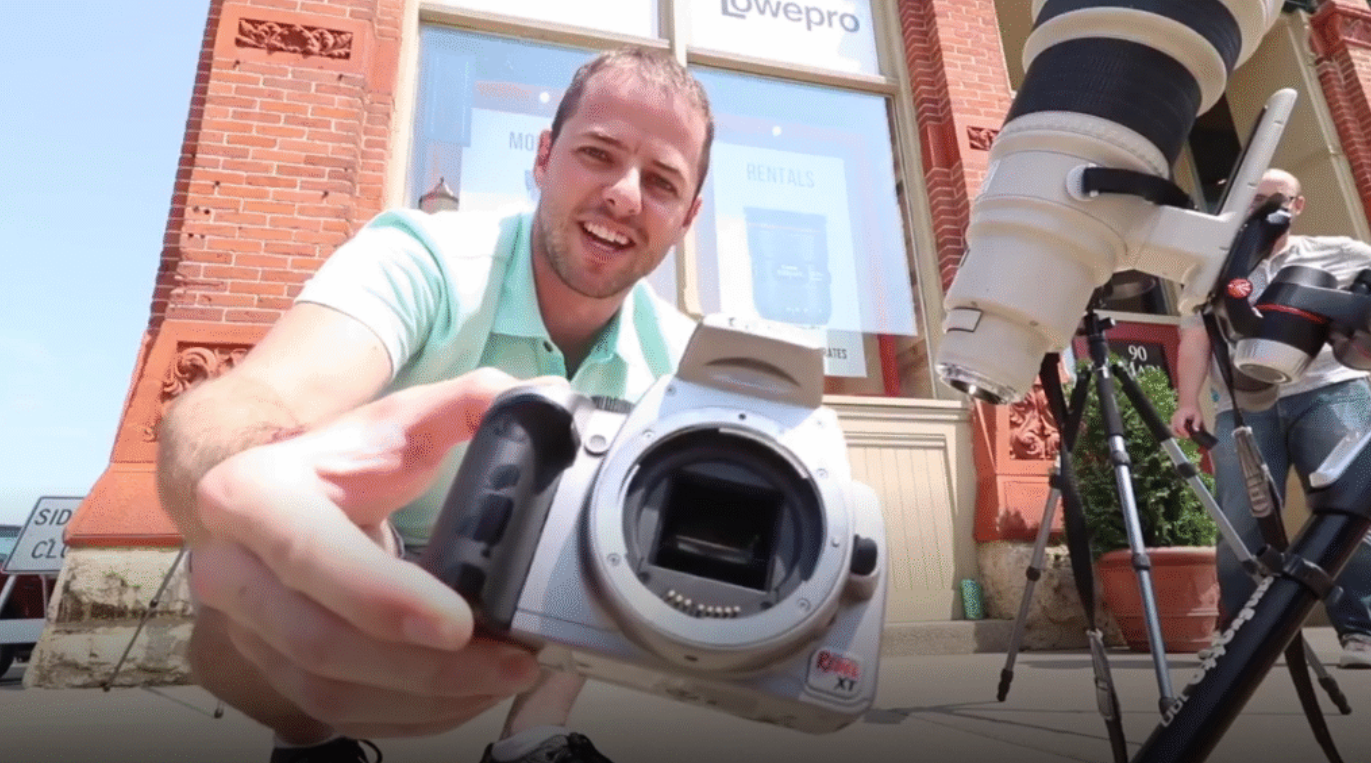
When the ambient temperature is too high, coupled with continuous operation (4K/8K video recording, high-speed continuous shooting), the internal components generate more heat and lead to overheating. Some specific effects include:
Sensor Impact: Image sensors (CMOS or CCD) are sensitive to heat. As the temperature increases, the image noise ratio increases, many abnormal bright spots (hot pixels) appear, reducing image quality. In the long run, frequent overheating can reduce the sensor's lifespan.
Battery deterioration or reduced battery life: Li-ion batteries, commonly used in cameras, have a sharp decrease in performance when operating in environments above 35–40°C. A heated battery not only causes its capacity to decrease faster, but also poses the risk of swelling, leakage or permanent damage.
Electronic component failure: The circuit boards and image processors in the camera have temperature limits. If the threshold is exceeded, the camera may automatically shut down to protect the components. If this condition persists, it will affect performance and even cause damage.
Deformation or damage to the case material: Although rare, in harsh hot environments, especially when the device is left in a car parked in the sun, the temperature can reach 60–70°C. This temperature can deform the plastic case, peel off the screen adhesive, and affect the dust and water-resistant rubber ring.
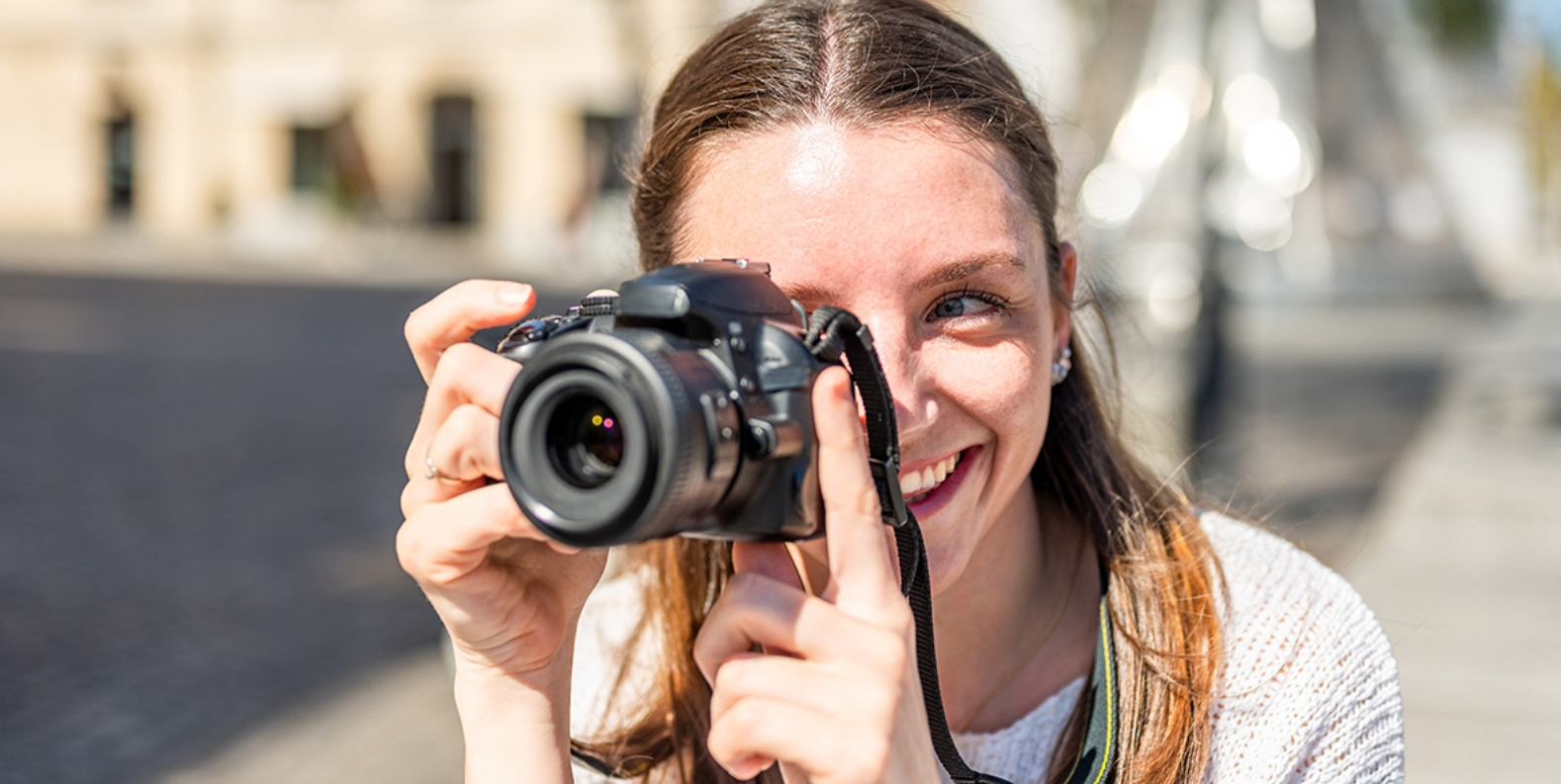
For these reasons, it is important to protect your camera from the negative effects of heat. Fortunately, there are many measures you can take to help reduce this risk, which are outlined in the next section.
2. How to protect your camera during hot outdoor shooting sessions
Protecting your camera when shooting in hot weather requires careful preparation and adherence to certain principles. Here are some practical tips to help you keep your equipment safe and durable.
2.1. Do not leave the camera in the car or motorbike trunk.
One of the most common mistakes is leaving your camera in your car or motorbike trunk, especially if you think you’re only leaving it “for a while”. The temperature inside the car can rise beyond imagination when the car is parked in the sun, with studies showing that within 10–15 minutes, the temperature inside the car can rise to 60–70°C. This heat is enough to damage the battery, deform plastic and rubber parts, melt the glue inside electronic components and reduce the life of the sensor.
Not only that, the temperature difference when you take the camera from a hot environment to a cool environment (or vice versa) can cause thermal shock, leading to condensation in the camera body and lens. This is a potential cause of long-term mold, which is very difficult to treat.
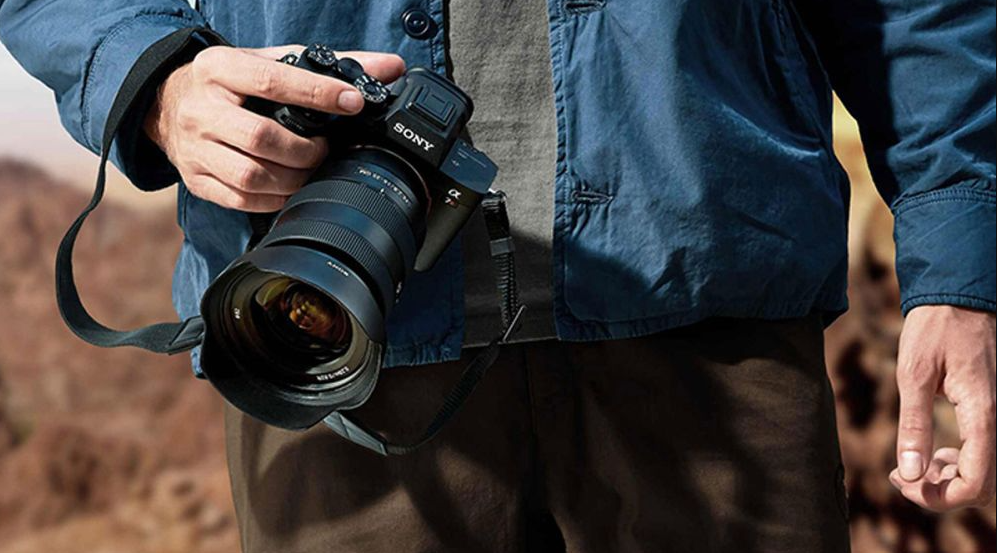
The best way is to always carry your camera with you or find a shady, airy place to temporarily store it. In case you have to leave your camera in the car, equip it with a specialized insulated bag or insulated case with cooling gel ice, and keep the camera in a low area in the car, avoiding direct sunlight shining through the glass.
2.2. Avoid condensation and lens fogging
Condensation is a common occurrence when a camera is moved from a cold environment, such as an air-conditioned room, to a hot, humid environment. At this point, moisture in the air will adhere to the surface and even penetrate the inside of the lens. This not only causes instantaneous blurring, but also creates conditions for mold to grow on the lens or sensor.
To limit this problem, before bringing the device into a hot environment, place the device in a sealed bag (such as a zipper bag or a moisture-proof bag) for at least 20-30 minutes to gradually adapt to the temperature change. Inside the device bag, you should also equip a desiccant packet (silica gel) to minimize the humidity inside.
Additionally, if you have to constantly move between indoor and outdoor environments, always keep the lens cap tightly closed when not shooting and clean the lens surface regularly with a soft microfiber cloth to prevent moisture from sticking for a long time.
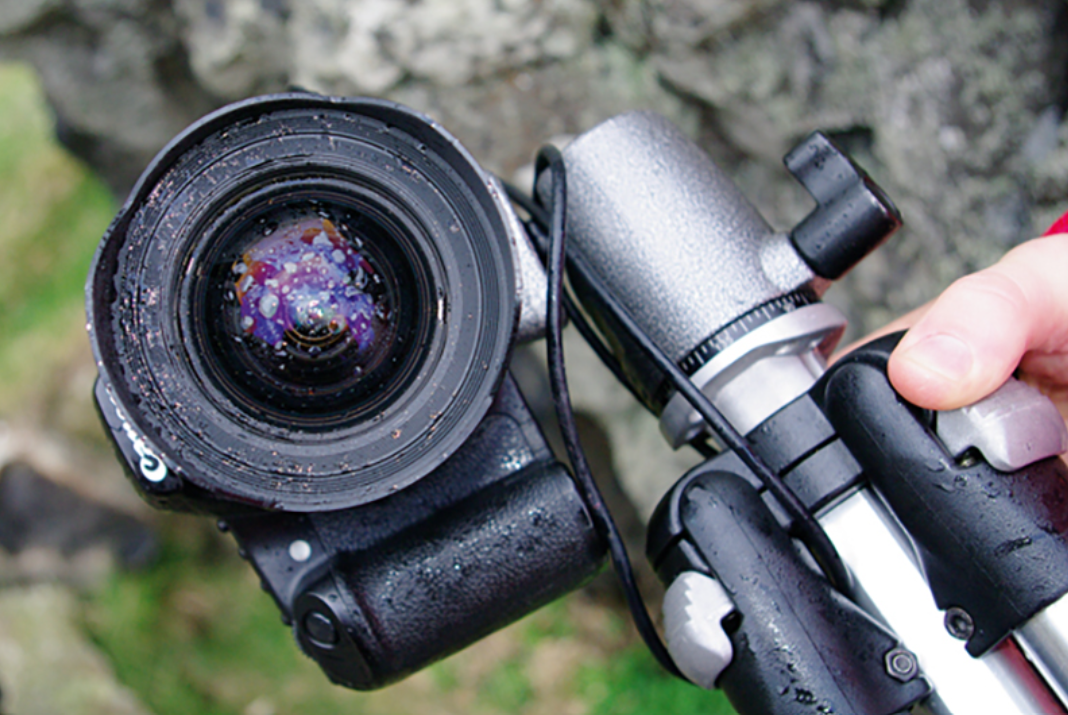
2.3. Avoid leaving the camera in direct sunlight
Direct sunlight can quickly increase the surface temperature of the device, especially black areas such as the body, LCD screen or grip. This not only affects the durability of the components but also causes the temperature sensors in the device to work overload, easily leading to overheating and automatic shutdown.
When working outdoors, take advantage of natural shade from trees, buildings, or other cover to protect your camera. If there is no shade, you can bring a specialized photography umbrella or lens hood to reduce direct light shining on the lens.
When not in use, store your device in an insulated shockproof bag or wrap it in a light-colored towel to limit heat absorption. A useful tip is to use a silver or white towel to wrap around your device, as light colors are better at reflecting heat, helping to reduce the temperature significantly.
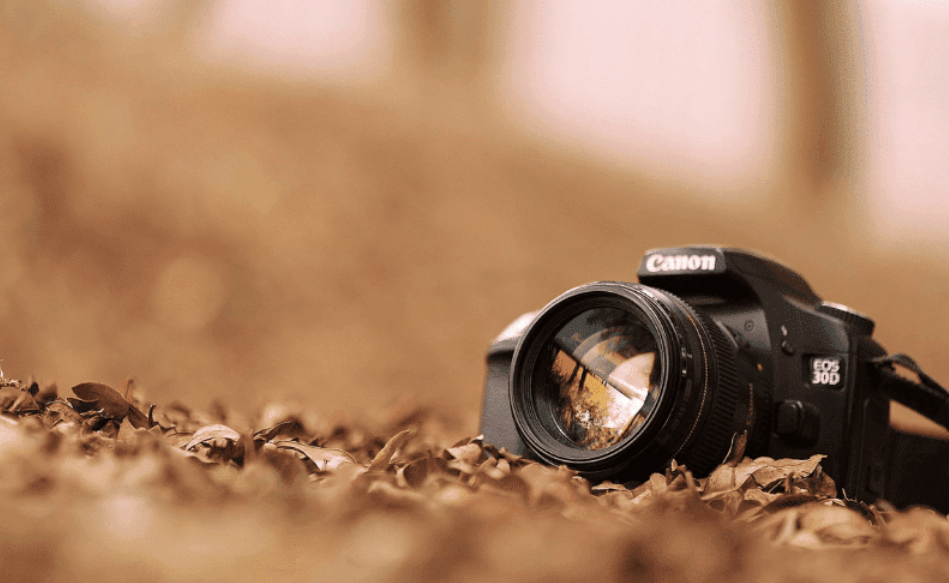
2.4. Using a dummy battery
The battery is one of the components that is easily affected by high temperatures. When you take pictures or record continuously for a long time, the battery inside the camera will generate heat, combined with high ambient temperature can cause the camera body to quickly overheat.
To mitigate this risk, many professional photographers use a dummy battery connected to an external power source such as a V-Mount battery, DC power source, or dedicated power bank. This solution helps to stabilize the power supply to the camera while reducing heat generation in the battery compartment, which is very useful when shooting high-resolution video such as 4K or 8K for long periods of time.
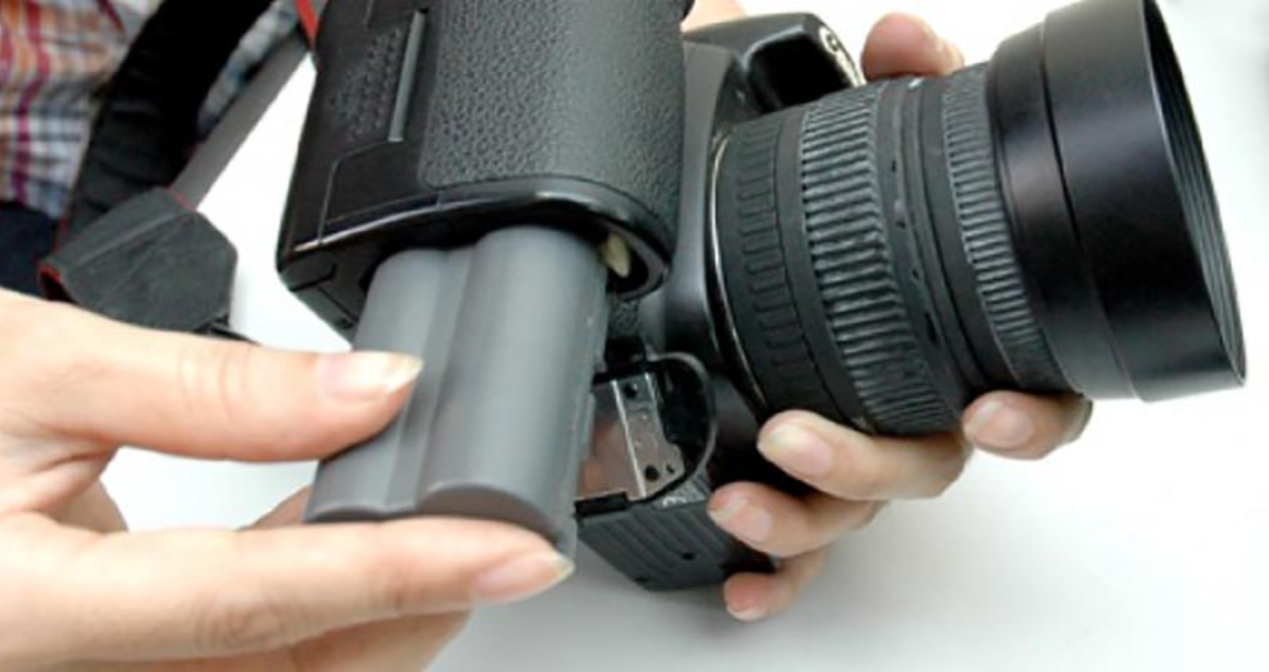
2.5. Rotate the camera
If possible, prepare at least two camera bodies. This not only gives you more flexibility in changing focal lengths and lenses, but also significantly helps reduce thermal stress on the device. When one camera shows signs of overheating, let it rest in a cool place and switch to the other.
Rotating cameras also helps ensure workflow without interrupting the shoot, especially on projects that require hours of continuous shooting under the sun.
2.6. How to handle an overheated camera
Most modern cameras have a temperature warning and will automatically shut down when the temperature exceeds a safe threshold. When this happens, never try to turn it back on immediately as this will put additional stress on the internal components.
Instead, remove the battery and memory card to open the compartments, allowing the device to dissipate heat faster. Place the device in a shady, well-ventilated area. You can use a hand fan or a portable mini fan to speed up the cooling process, but avoid applying ice packs or cold water directly to the device. Sudden changes in temperature can cause condensation and damage components.
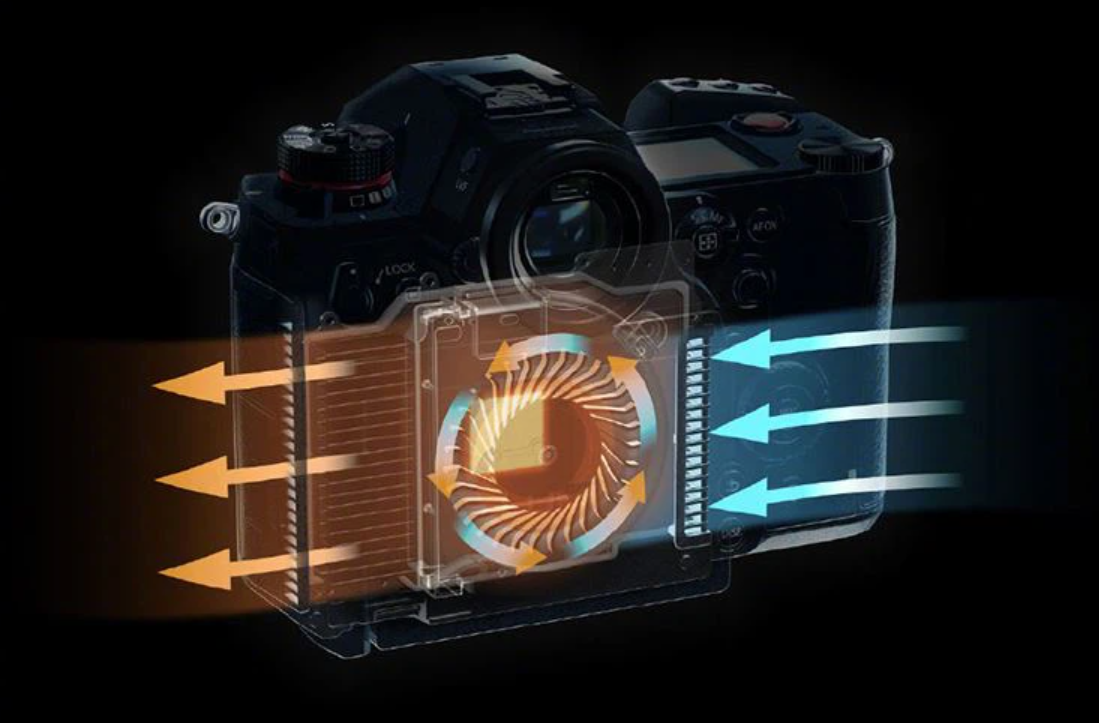
If you regularly work in hot environments, you should consider using a specialized heatsink cover for your camera. Some models are designed to help dissipate heat quickly and protect the camera body more effectively.
2.7. Wear safe and comfortable equipment
Choosing a high-quality camera bag is extremely important. The bag must be insulated, shockproof, waterproof and dustproof. In addition, the strap design and shoulder pads must also be soft to ensure comfort for the person holding the camera.
In addition to protecting your device, you must also pay attention to your health. Wear sunscreen, a wide-brimmed hat, gloves, sunglasses, and plenty of water to avoid dehydration or exhaustion. When your body is comfortable and alert, your ability to concentrate will be higher, reducing the risk of carelessness that causes the device to fall, hit, or be exposed to the sun for too long.
2.8. Don't forget to bring a camera cleaning kit
Hot outdoor environments often include dust, sand, and wind, which can seriously damage cameras. Dust can stick to the lens, penetrate into the camera body's gaps, scratch the lens, or affect the focusing mechanism.
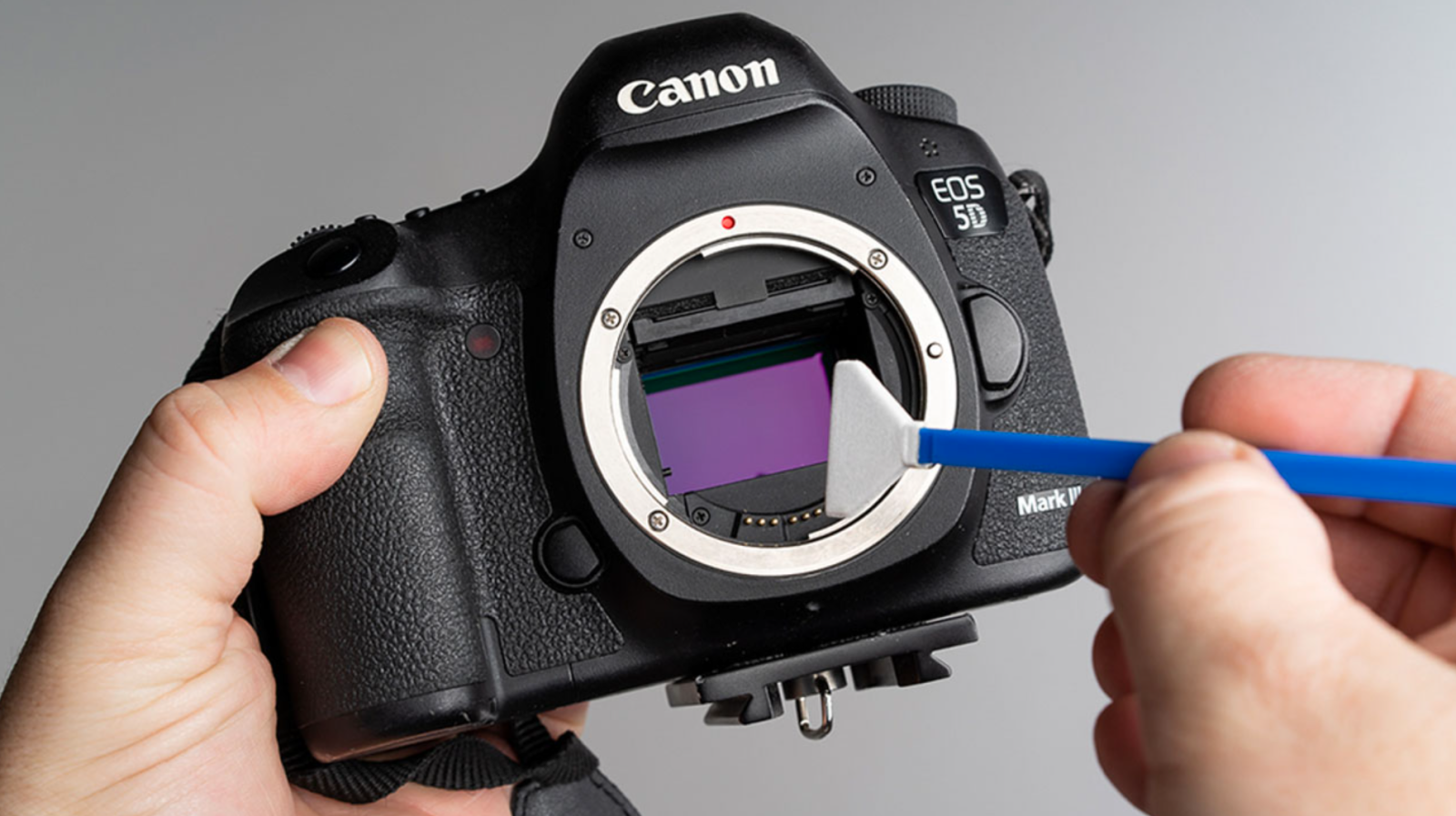
Therefore, always carry a complete hygiene kit including:
- Blower (dust blowing tool) to clean dust without touching the lens directly.
- Soft microfiber cloth for cleaning lens surfaces and LCD screens.
- Special lens cleaning solution to remove stubborn stains.
Regular cleaning, especially after each outdoor shoot, helps maintain performance, ensure image quality and prolong the life of the device.
2.9. Take advantage of your car's charging capabilities
During long shooting trips or continuous travel, charging a spare battery is essential. If you have a car, you can take advantage of the 12V charging port in the car to charge the camera battery or spare battery.
However, please note: when charging the battery in the car, place the device and battery in a cool place, away from direct sunlight. Some batteries with fast charging mode will generate more heat, so only use the original charger or one recommended by the manufacturer to ensure safety and avoid battery damage due to overheating.
3. Summary
Shooting outdoors in hot weather can be a challenge for both photographers and equipment. Heat can cause a host of problems: overheating, battery failure, component damage, and reduced image quality. However, with careful preparation and adherence to the above guidelines, you can protect your camera effectively.
The most important thing is to listen to your equipment: when there is a warning sign of heat, let it rest. At the same time, always prioritize your own safety, because only when you are healthy and focused can beautiful frames be created. A professional photographer is not only good at shooting techniques but also knows how to protect his tools. Beautiful outdoor light is always waiting for you and with the right preparation, you can confidently create without worrying about your equipment being "exhausted" under the harsh sun .
































